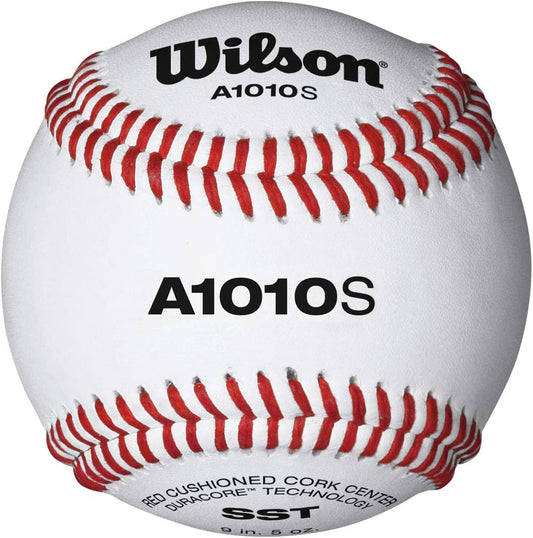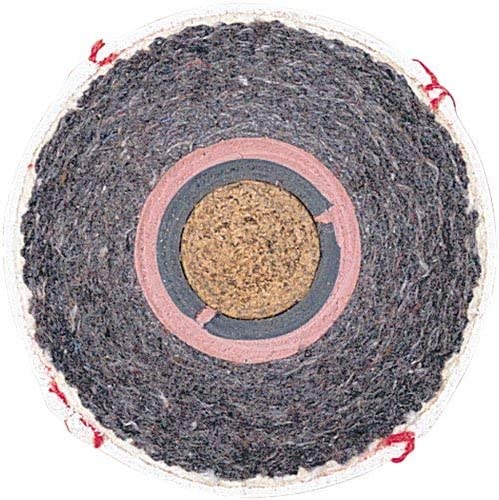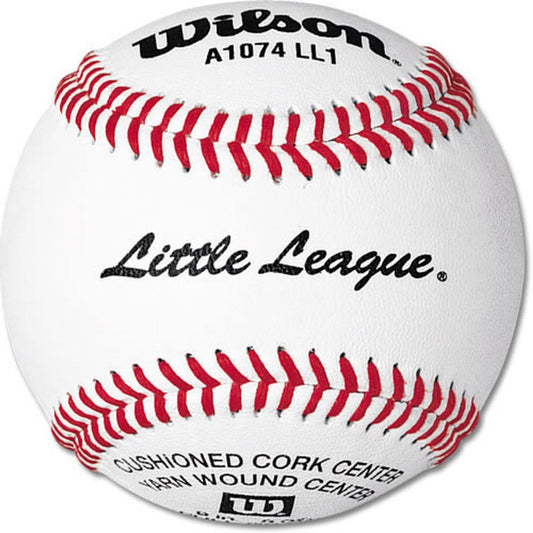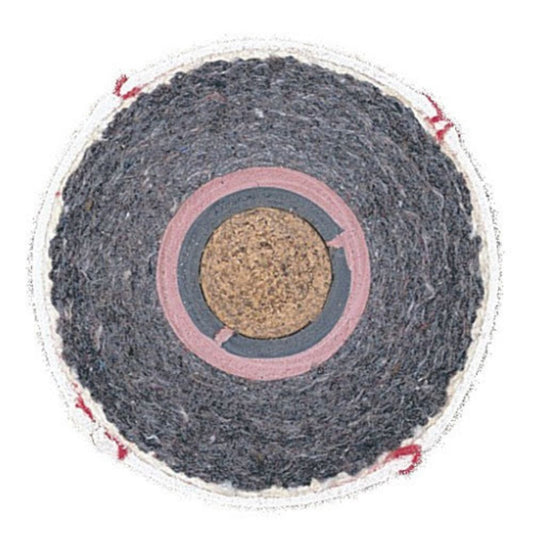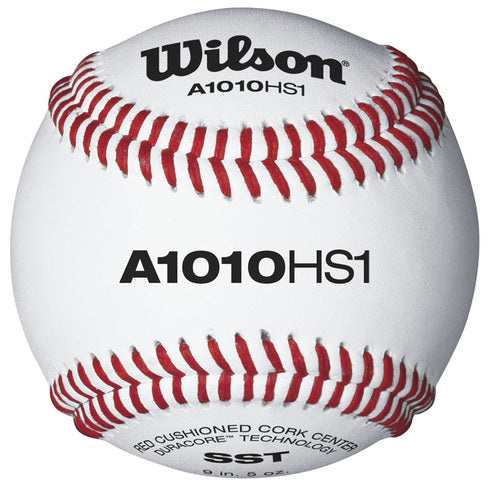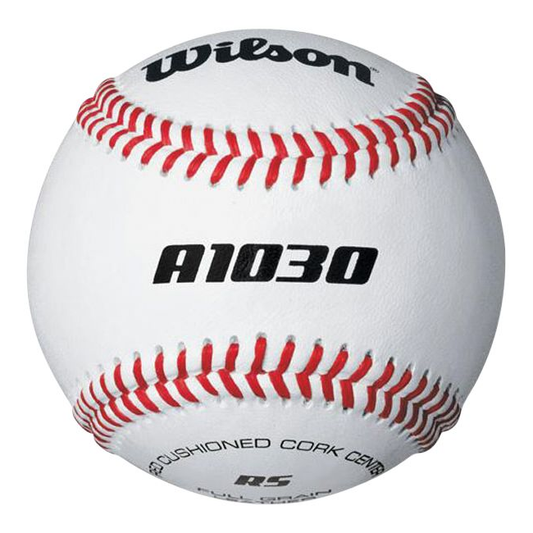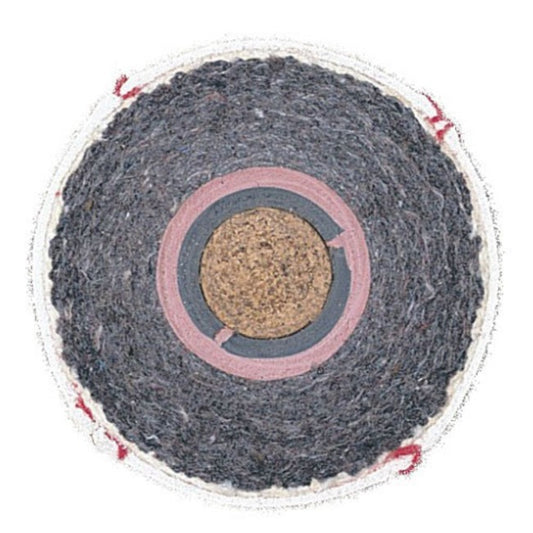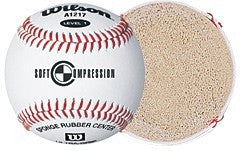Your one stop shop for Baseball & Softball Equipment
Baseball Balls
Baseball balls are simply the balls players use in the sport of baseball. So, no surprises there. A rubber cork centers the higher end balls. Next, they wrap the core in yarn. Then, they construct the ball by tightly stitching together two strips of white cowhide or horsehide. The ball is 9 inches to 9.25 inches in circumference the diameter is usually 2.86 - 2.94 inches and weighs 5-5.25 ounces. The yarn used to wrap them is up to one mile in span. Baseballs are available in several grades and stamped with different league certifications.
A significant attribute of baseball balls is the stitching that keeps the covering of the entire ball together. After pitching a ball, the raised stitches do act like the wings of an aircraft, catching the wind, and making the ball to swerve slightly and bend on its route to the catcher. The ball may veer to any direction, to the left, to the right, downward, or a combination of directions. It could also swerve sharply or gradually as well. All these conditions happen to depend on how fast the stitches rotate when the pitcher releases the ball.
Official Baseballs
Leagues tend to specify which balls are the official baseballs for play in their league. In the beginning, around the late 1800s, there was a wide variety of the characteristics of baseball balls. These characteristics include weight, shape, size, and methods of manufacturing. Old, melted shoes were melted and used to make the rubber cores in early baseball. Manufacturers would then wrap these cores in yarn and leather. Some places used fish eyes as Cores. So, obviously there was a wide variety of specs for the different balls, there were no official baseballs.In the 1850s, the teams in New York attempted to standardize ball specs. They made decisions on the weight and standard circumference on all game balls. The balls were all hand made, and thus the variations were factored in. Tighter windings and more rubber on models resulted in balls flying further and faster. In addition, balls with less rubber and looser windings did not travel as far or as fast. They became known as dead balls. By 1876, with the National League created, standard regulations for baseballs came into effect in all games. Leagues had specifications on what were in fact official baseballs. So now baseball balls are very similar from one brand to the next.
-
Wilson - High School Baseballs - A1010S
The Wilson A1010S is the ideal High School practice ball. Save money by not paying for the High School stamp. Same exact ball just no stamp. These Wilson A1010 baseballs are the same ball as the A...Regular price $64.95 USDRegular priceUnit price / per -
Wilson - Official Little League 1 Baseball - A1074BLL1
Wilson A1074BLL1 Features: Wilson A1074BLL1 Little League’Çí«í‰ Baseballs Red cushion cork center Raised seams Grade C leather cover Gray wool windings 1 DozenRegular price $76.95 USDRegular priceUnit price / per -
Wilson - Official NFHS Baseball - A1010BHS1SST
Wilson A1010BHS1SST Features: Core: Double Cushioned Cork Pill - Gray Wool (Dura-Core Technology) Cover: Grade A Full Grain Leather Seams: Super Size: Regulation Stamped/Approved: ...Regular price $94.95 USDRegular priceUnit price / per -
Wilson - Official Practice Baseball - A1030B
Wilson A1030B Features: For high school & adult practice Youth league play, seam: raised Cover: grade C full grain leather Winds: gray wool Center: red cushioned cork.Regular price $74.95 USDRegular priceUnit price / per -
Wilson - Official Coach Pitch And T-Ball Soft Compression Baseball - A1217B
Wilson A1217B Features: High quality low compression balls for indoors and out. Great Tee Ball game ball, indoor practice ball, & safe for younger players. 93% Softer than the traditional b...Regular price $64.95 USDRegular priceUnit price / per

